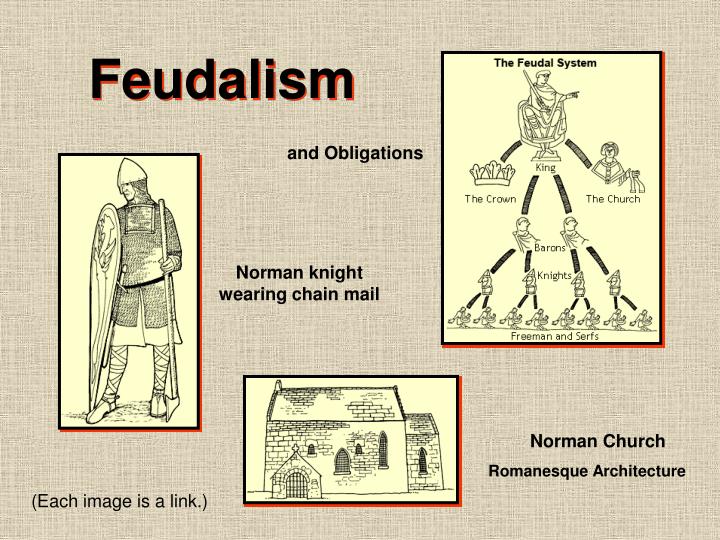

The presence of chivalry in Medieval Culture is exemplified in the representation of a just and moral knight facing temptation and conflict in Sir Gawain and the Green Knight.
Faith and feudalism in the middle ages code#
Reflected within the texts of the time–the ways in which characters are affected by loyalty, duty, and honor–the chivalric code was both a necessary platform for knighthood and good moral standing. In the Twelfth Century, there arose a strong presence of chivalry in Medieval society which quickly inhabited the literature of the time the chivalric code was a moral code, or rather, a code of conduct bound to duty, honor, and justice.

The Church often wielded more power than the often-weak feudal monarchies that characterized medieval society. Christianity was legalized by the Roman Empire during the Fourth Century, and as a result, education as well as laws were overseen by the Church. The Catholic Church created schools with an intensive curriculum founded upon the education of grammar, rhetoric, Latin, astronomy, philosophy and math. On the continent, the development of Medieval literature–stemming from the preservation of culture and heroic adventures within epic poems–is a direct result of Charlemagne’s desire to educate his people in 800, which was only made possible through an emphasis on the teachings of the Catholic Church. This time period is commonly known as The Middle Ages was commonly regarded by Renaissance thinkers as “The Dark Ages.” One of the first books printed in England, Monte D’Arthur by Sir Thomas Maloryġ485: William Caxton prints first successful book in EnglandĪlthough there is no official consensus regarding the exact beginning and end of the Medieval Period, it is most commonly associated with the collapse of the Roman Empire, around the 5th century, and leading up all the way to the 15th century, which is widely considered (though the exact beginning is disputed) the beginning of the Renaissance Period. King William the Conqueror was in power, died in 1087ġ170: Thomas Becket murdered in Canterbury CathedralĬhaucer, Piers Plowman, Sir Gawain and the Green Knight

55BC-410: Latin speaking Romans occupy EnglandĤ50: Romans withdrew from England and Germanic tribes (Angals and Saxons) invadeġ000: Approximate year Beowulf was writtenġ075: Pope Gregory VII declares the supremacy of the church


 0 kommentar(er)
0 kommentar(er)
